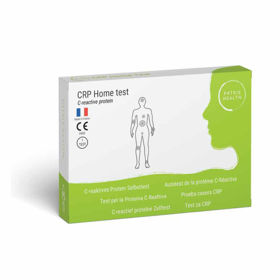Customer question:
What are the symptoms of gallbladder inflammation? Anonymous customer's question
Pharmacist's answer:
Symptoms of gallbladder inflammation, also called cholecystitis, can appear suddenly and can be very uncomfortable. The main symptom is severe pain in the upper right part of the abdomen, which usually starts suddenly or gradually and is often very intense. The pain may spread to the right shoulder or back and often worsens after a meal, especially after eating fatty or spicy food.
In addition to pain, cholecystitis can be accompanied by other symptoms, such as bloating and fullness in the abdomen and occasional nausea and vomiting. In case of gallbladder infection, fever, and chills may occur. One of the critical signs that can indicate the severity of the inflammation is jaundice, which means the yellowish color of the skin and sclera due to the accumulation of bilirubin in the blood.
Some people may also experience pressure sensitivity in the gallbladder area, meaning touching or pressing on this area can be painful. In addition, inflammation of the gallbladder can sometimes also cause changes in the color of urine (dark urine) and stool (light stool), resulting from problems with digestion and bile secretion.
If these symptoms occur, you must contact your doctor to examine and confirm the diagnosis thoroughly. Cholecystitis may require emergency treatment, mainly if complications such as infections or blockage of the bile ducts occur. Treatment may include antibiotics to control the infection. Still, removal of the gallbladder (cholecystectomy) may be necessary, especially if attacks of cholecystitis are frequent or if gallstones are present, causing problems.
Interesting reading: Bile diet
Interesting reading: Cholecystitis symptoms











